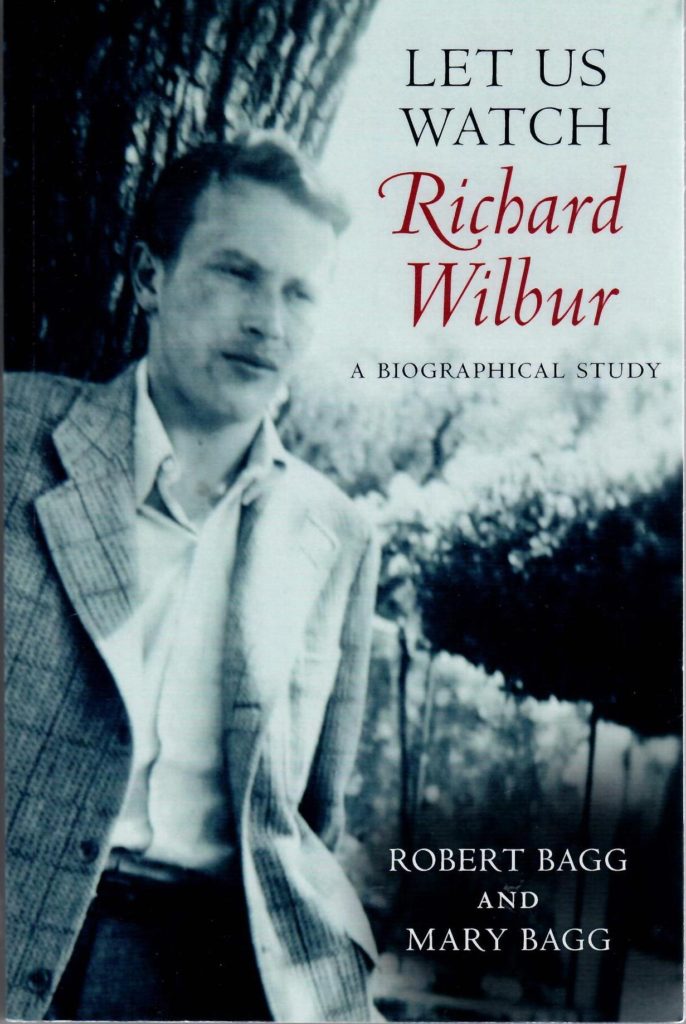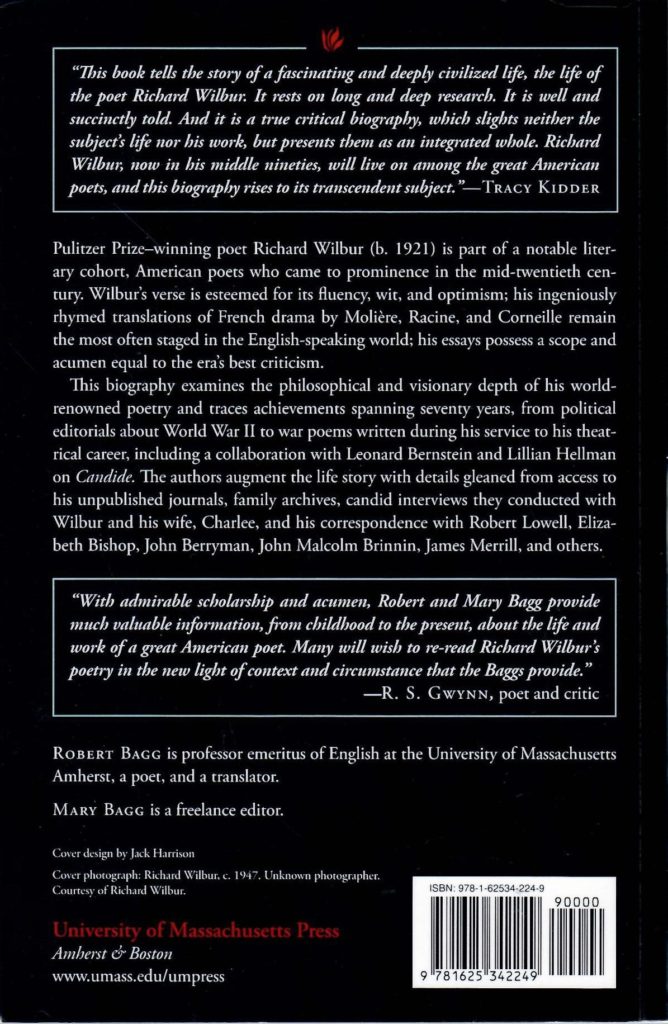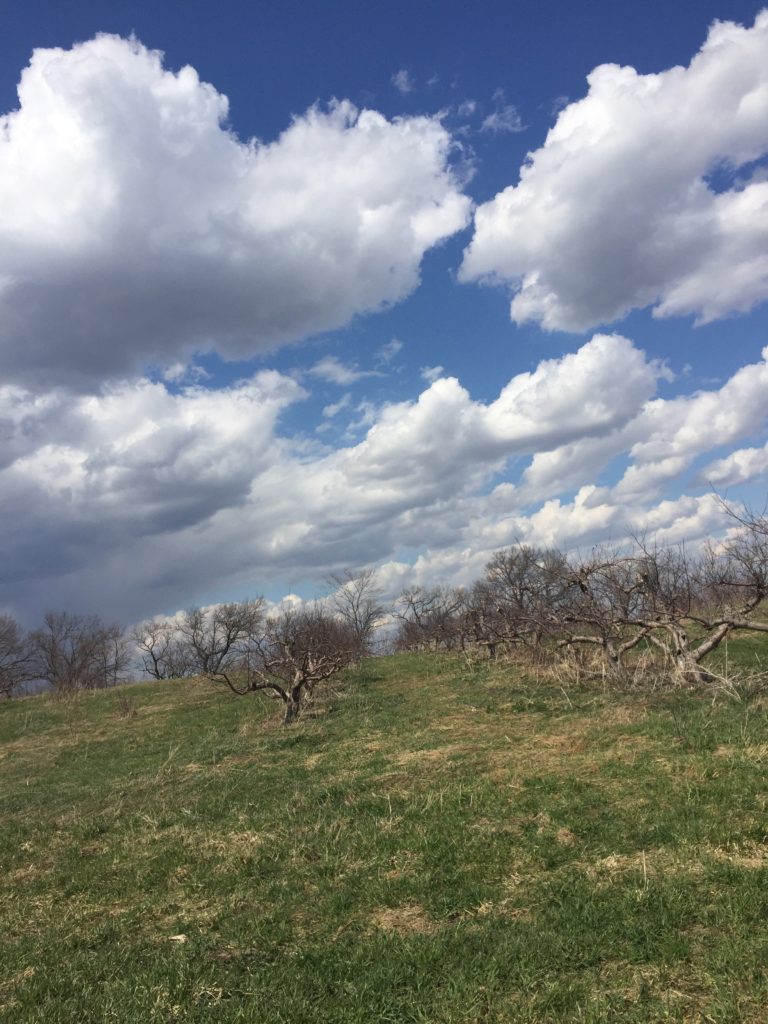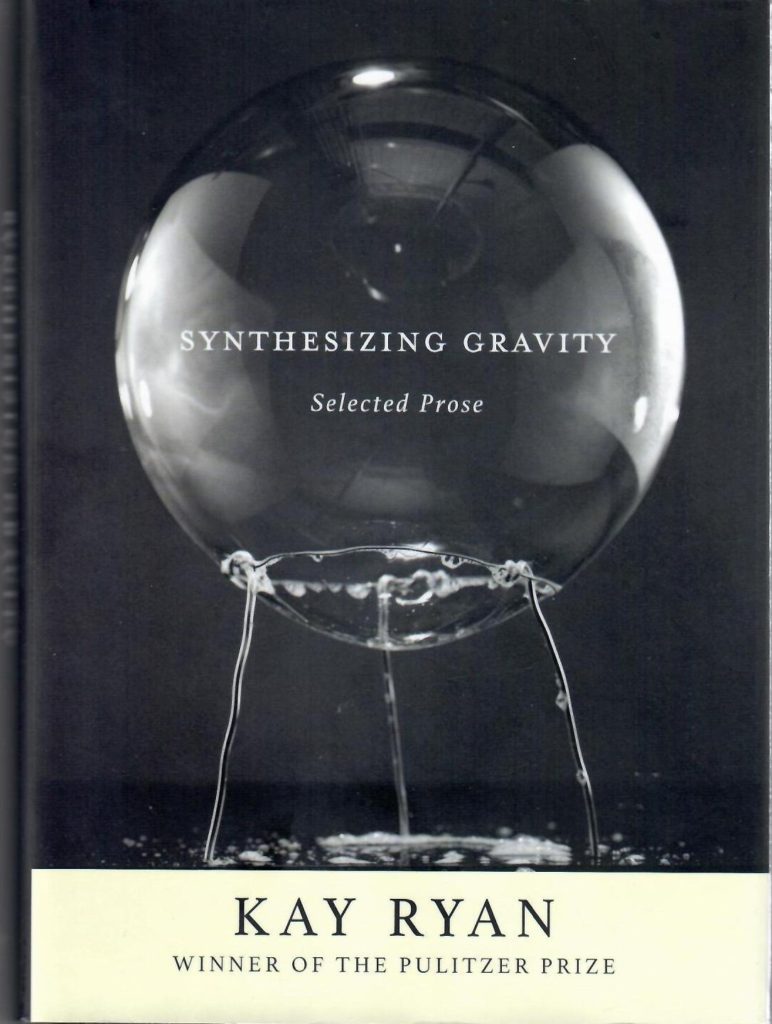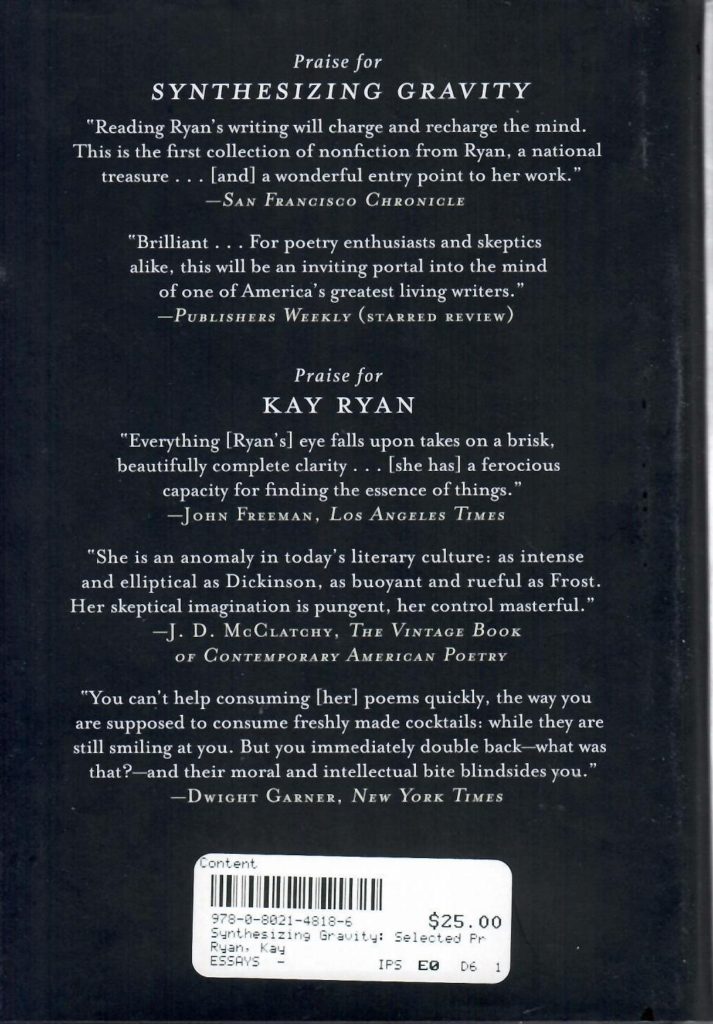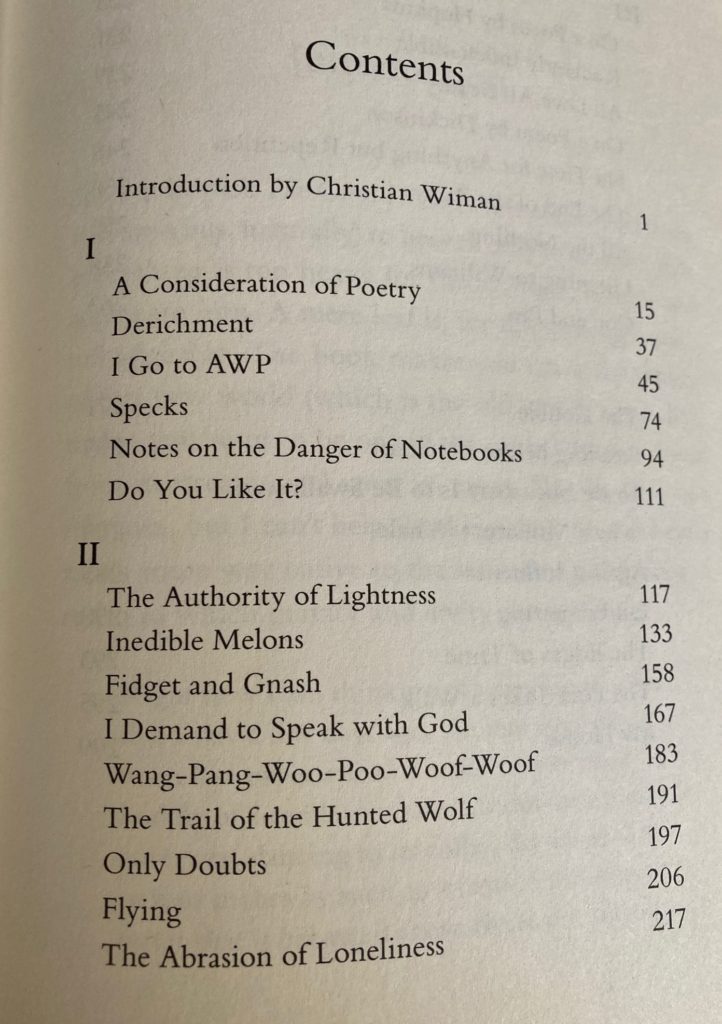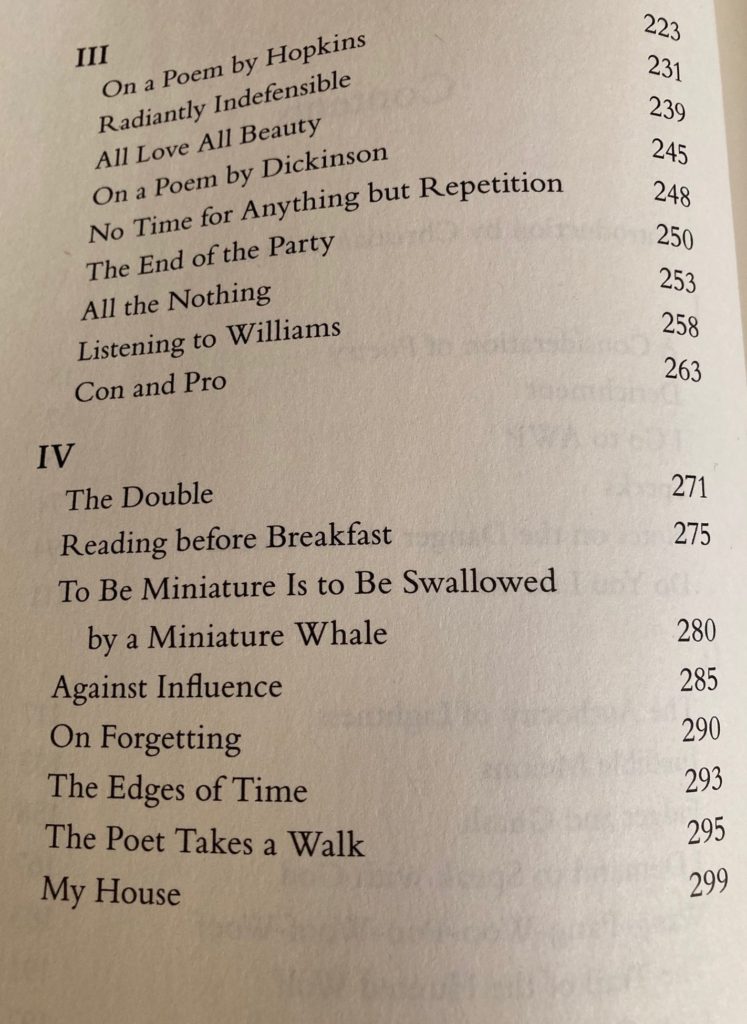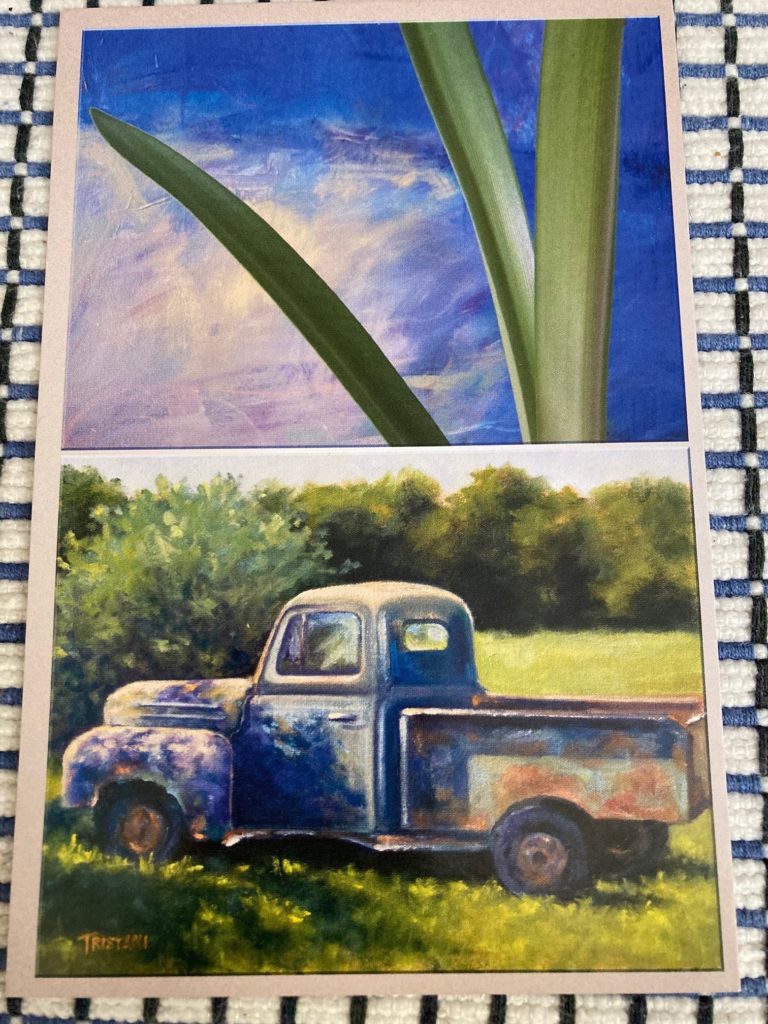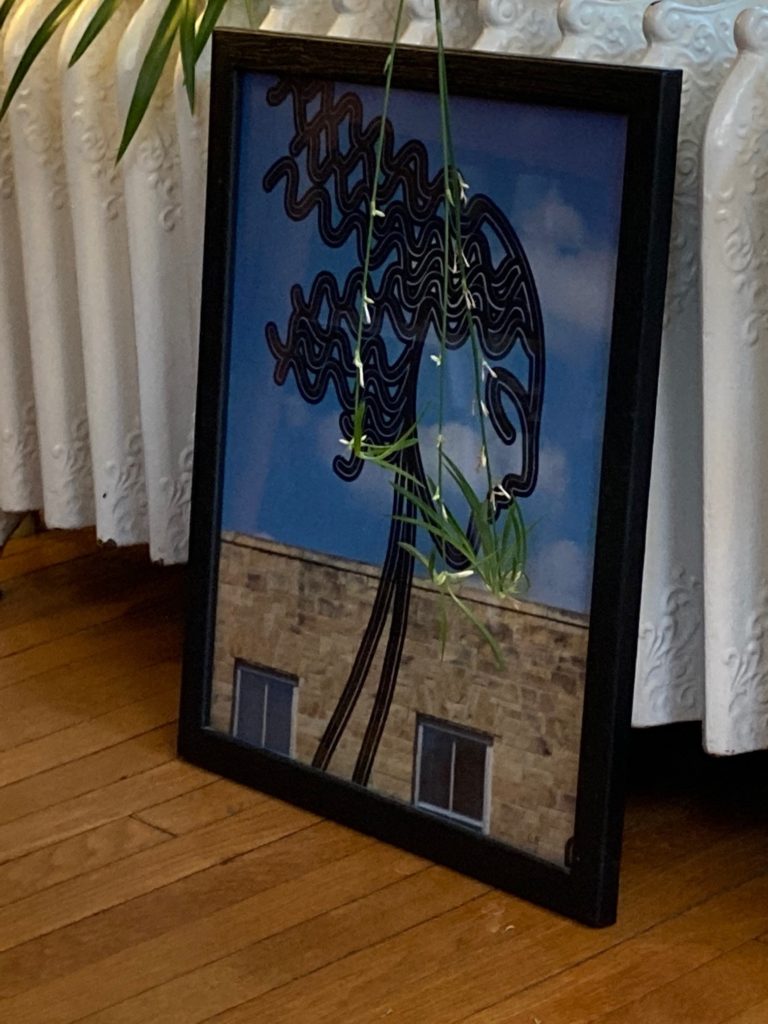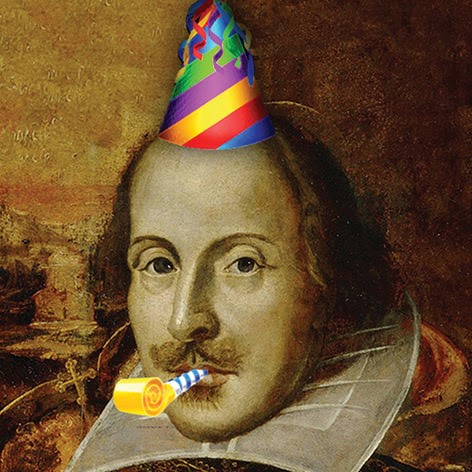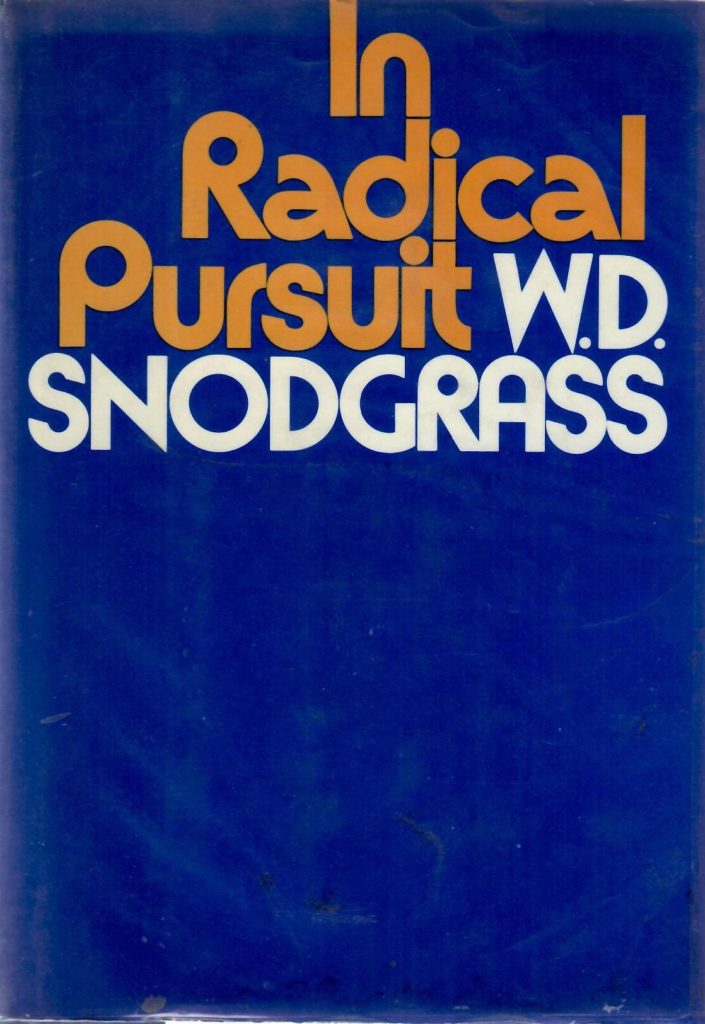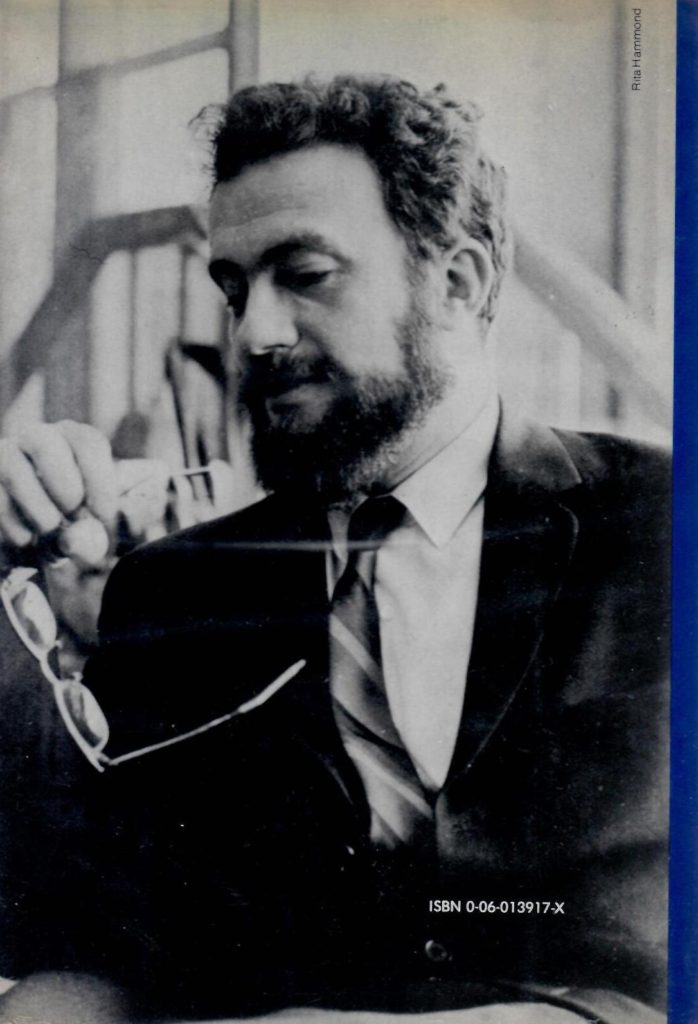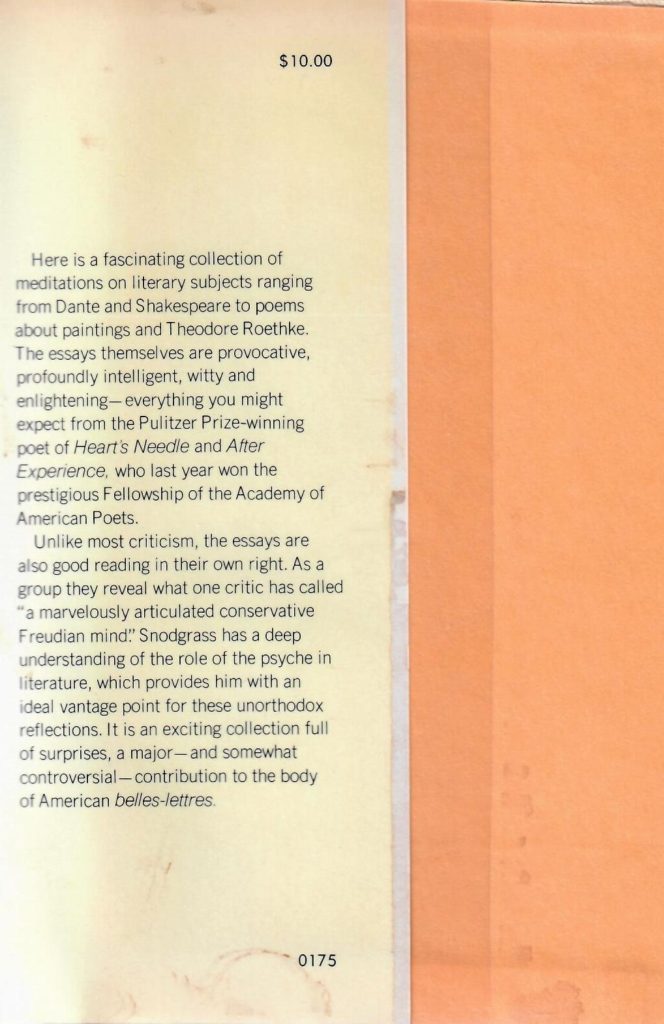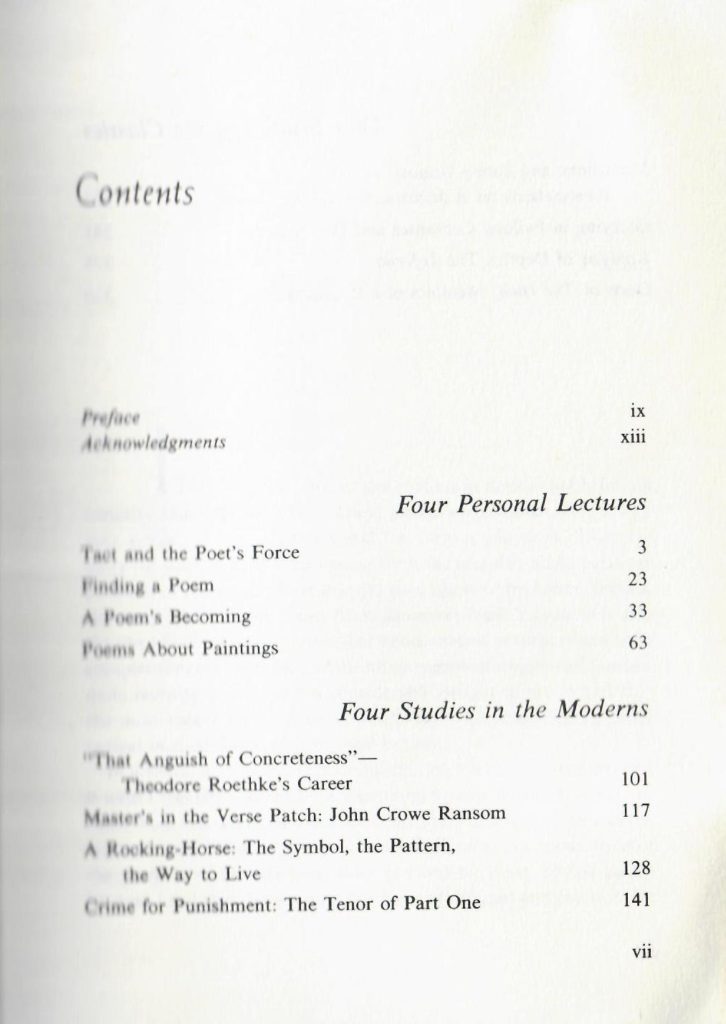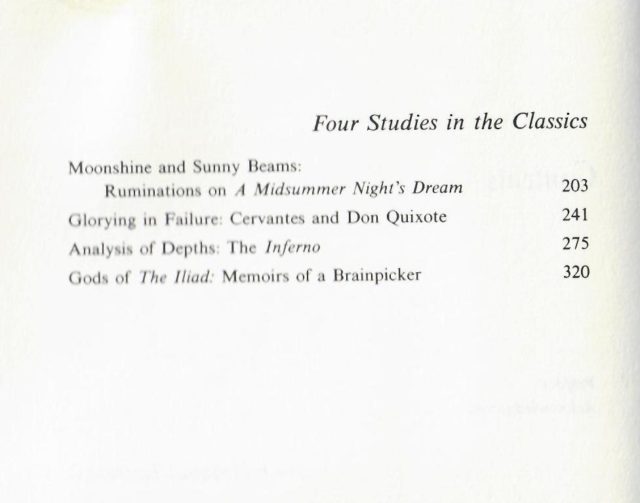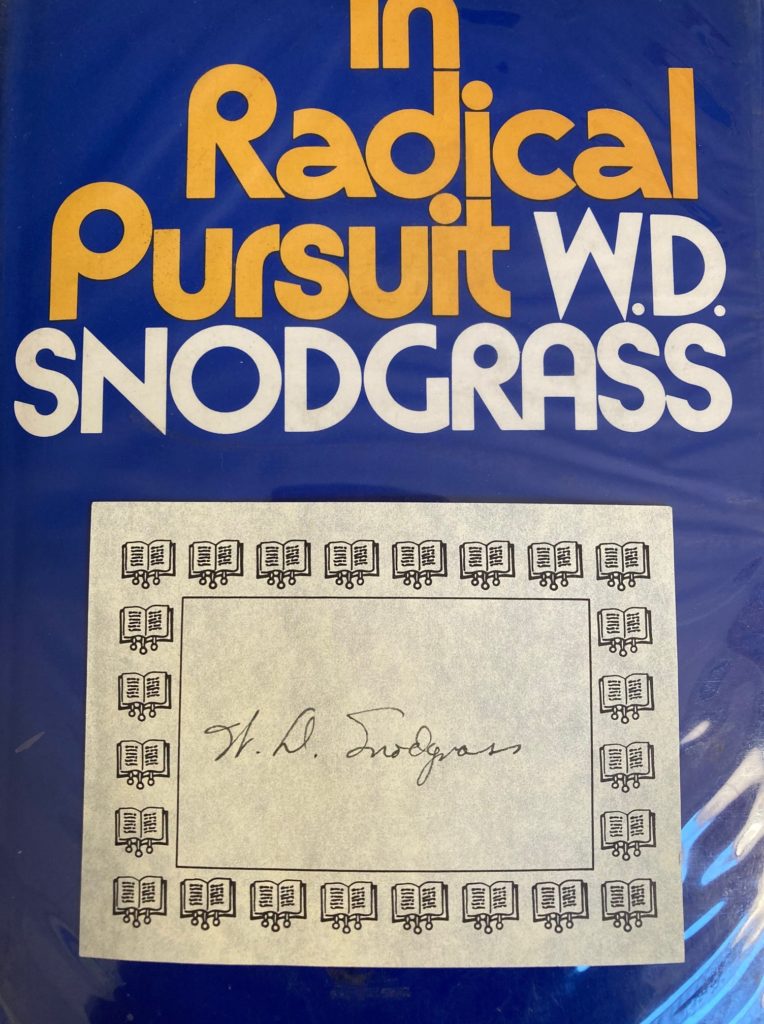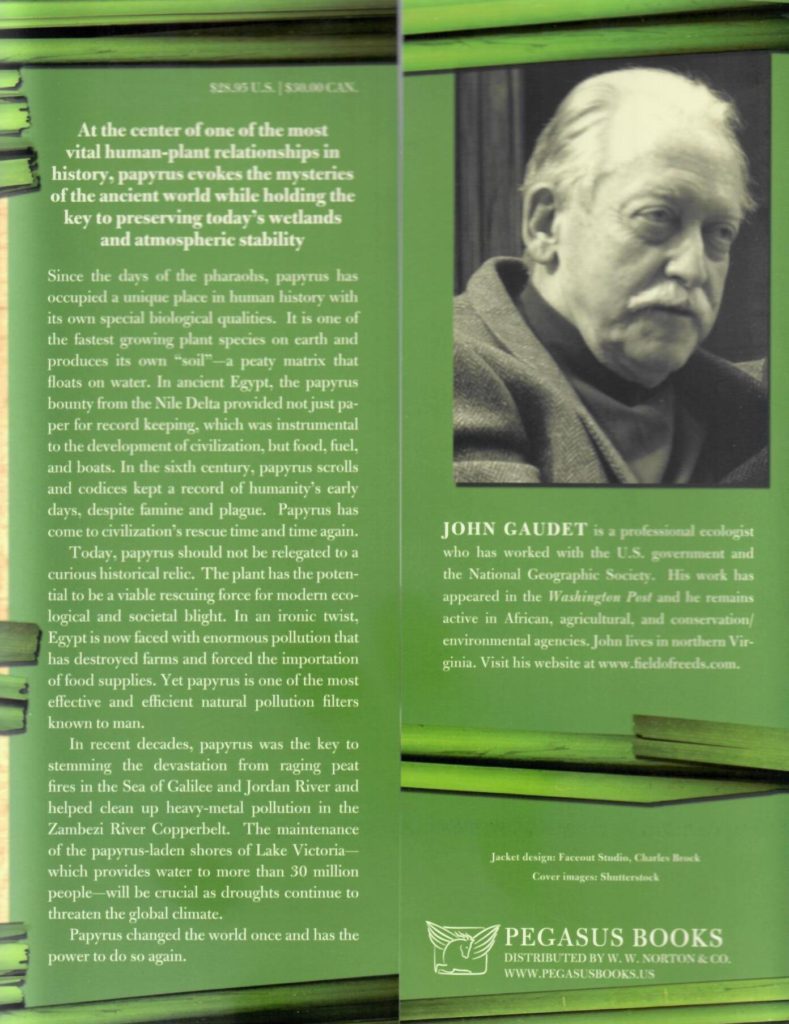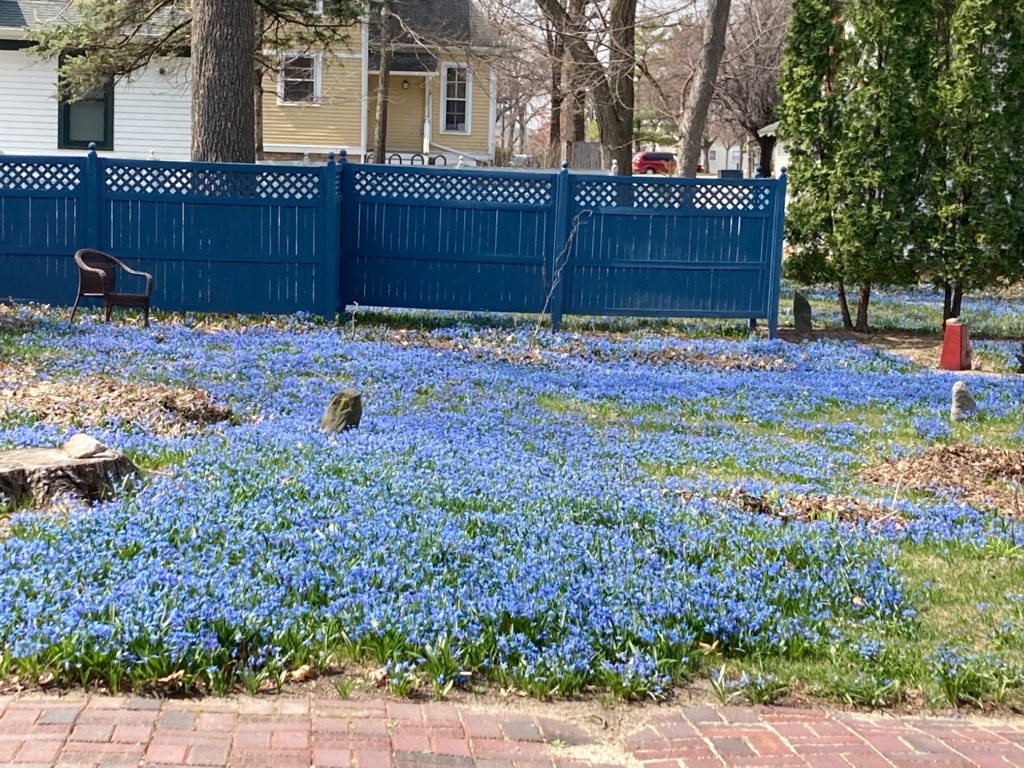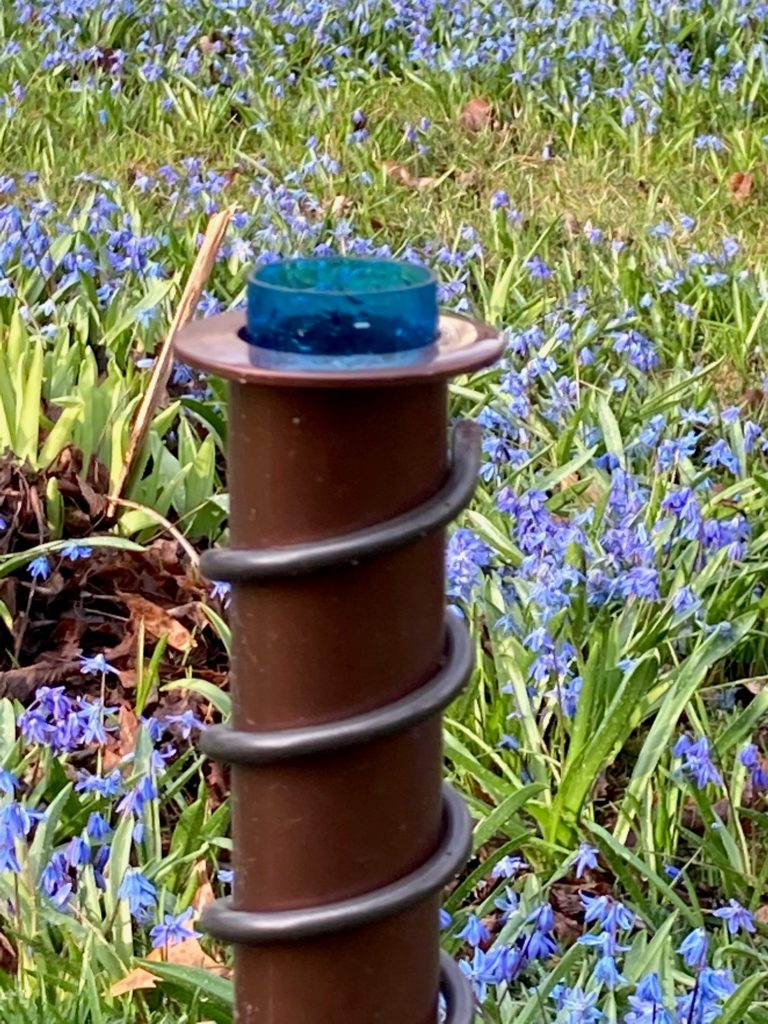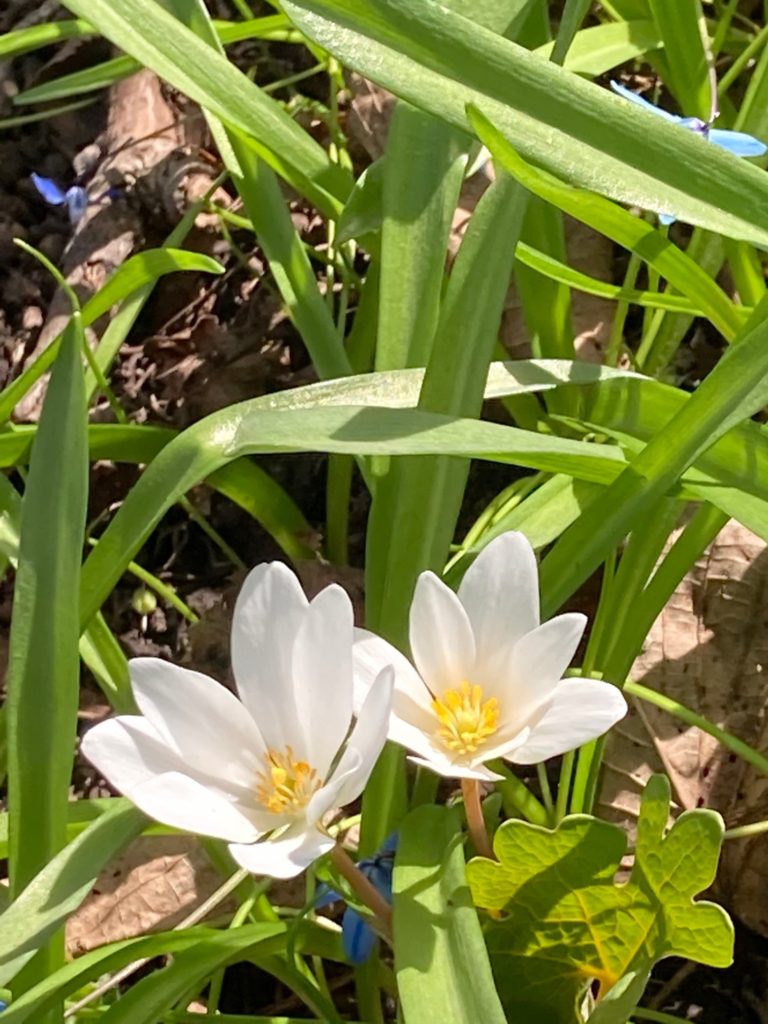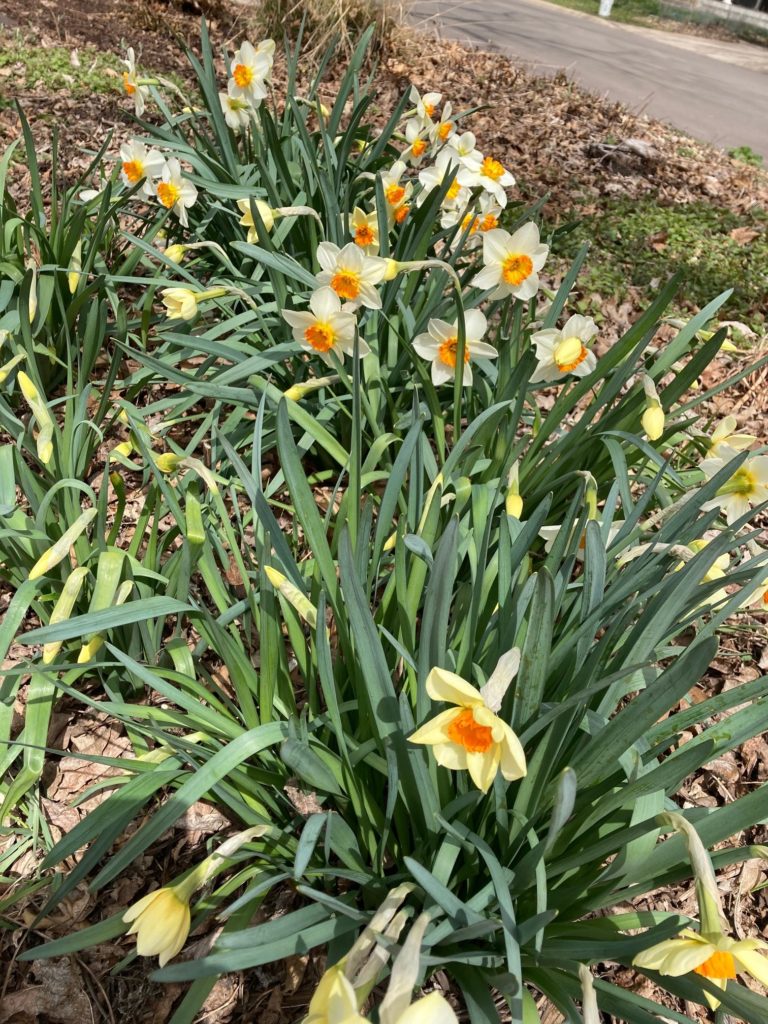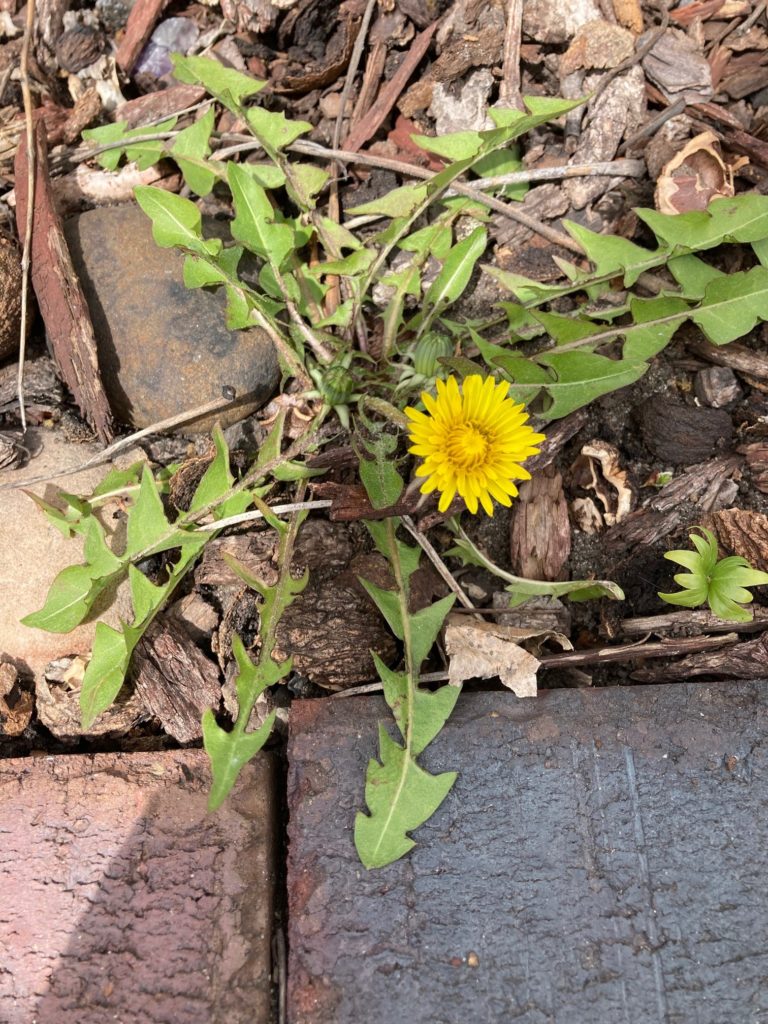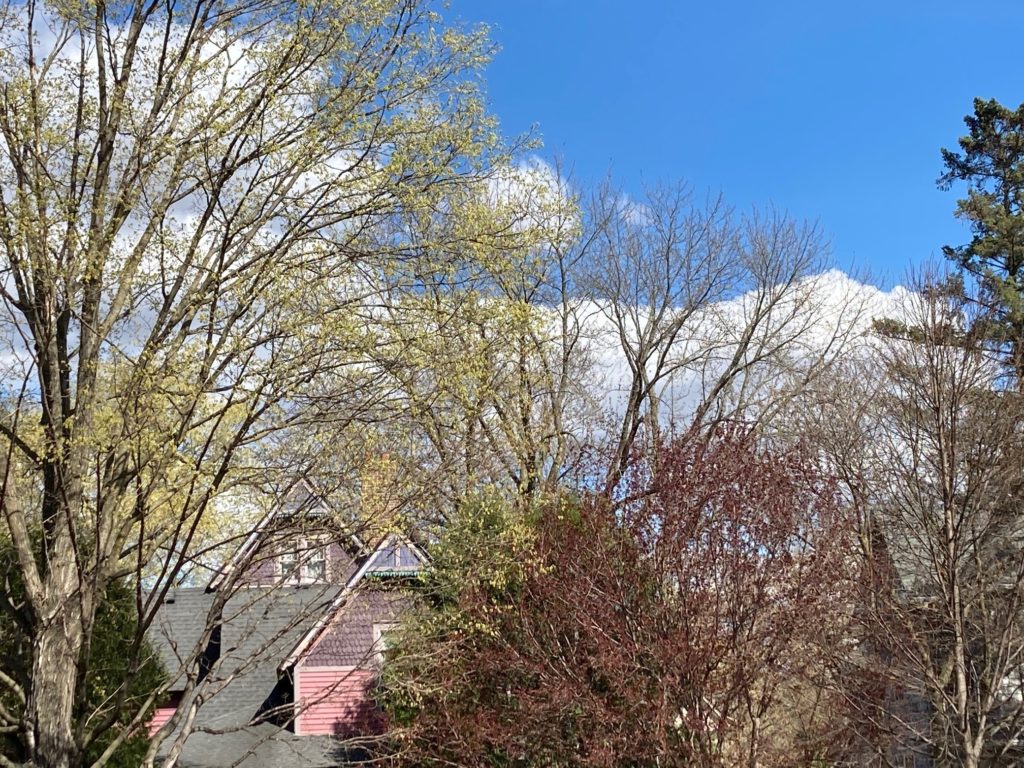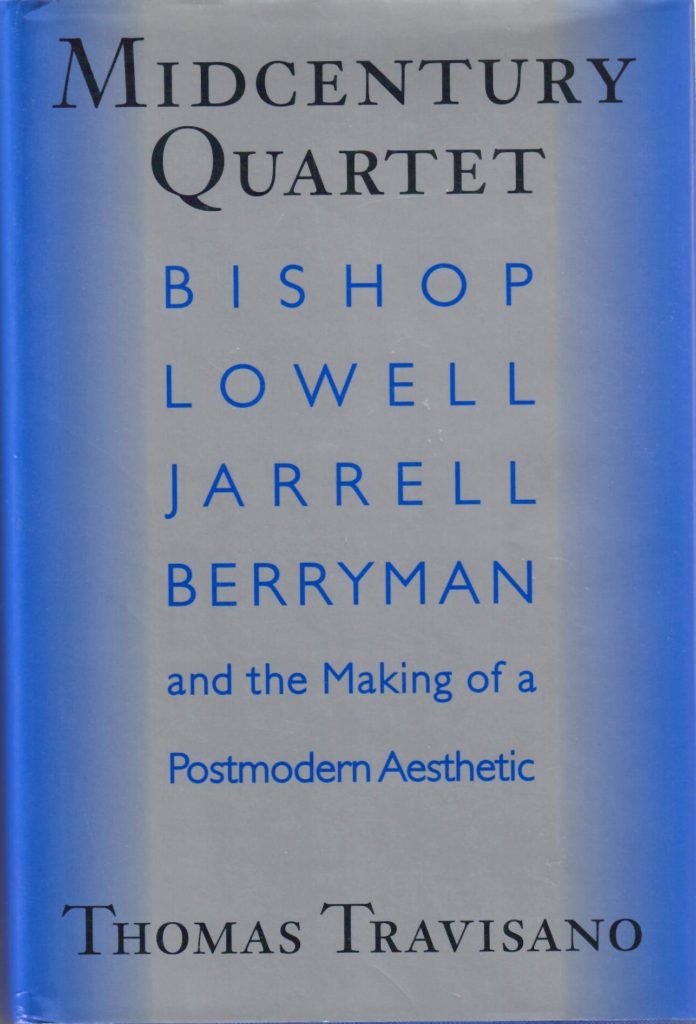
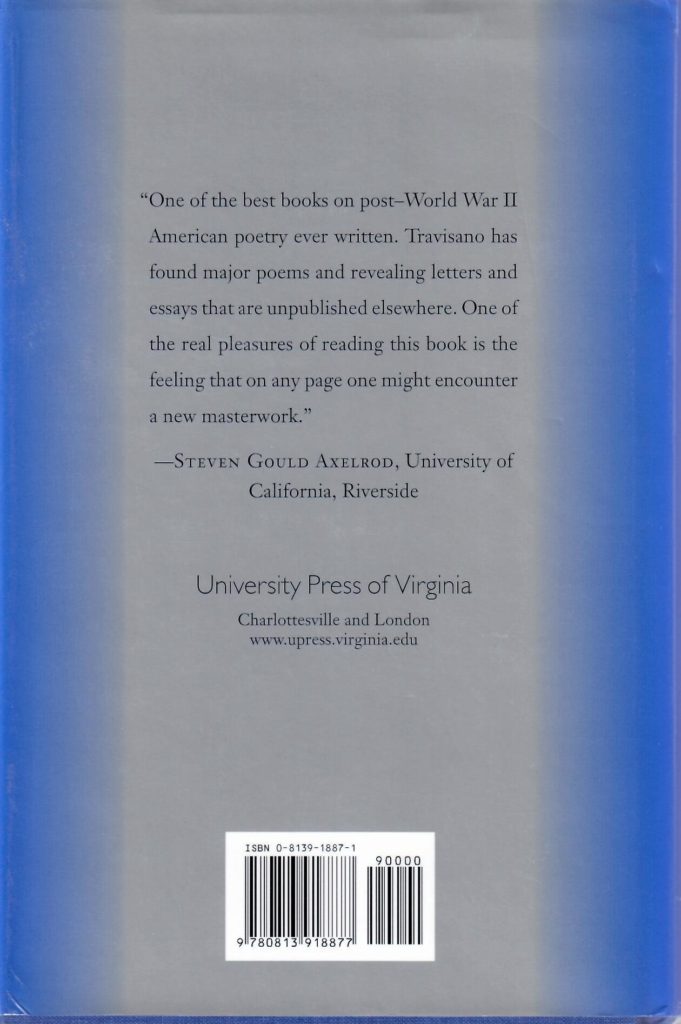
I have mentioned the highly readable scholarship of Thomas Travisano before. This book, Midcentury Quartet: Bishop, Lowell, Jarrell, Berryman, and the Making of a Postmodern Aesthetic, is a new addition to my library. I splurged on it last March, when I also bought his excellent biography of Elizabeth Bishop. Ever since, I have been slowly reading it and digesting its ideas and details. As of this writing, I am no where near finished, but I am thinking not only about “modernism” (as in Marianne Moore) but “postmodernism”. What are its characteristics? How is it a development from what came before? How do the midcentury assumptions of poets, whose work I read with such pleasure, influence my own work, in my own historical era, whatever it might be called by future critics?
One of the most helpful sections I have encountered so far–and one I will reread often, I suspect–is Travisano’s rigorous examination of the (confusing and cringe-worthy) term “confessional poet”. I appreciate that knowing more about its roots and implicit (faulty) assumptions, I can safely and firmly set it aside most of the time. In that faddish linguistic attic, it can molder along with the bustle and the poke bonnet, if you ask me!
Regarding the Poem “Christmas Pantomime”:
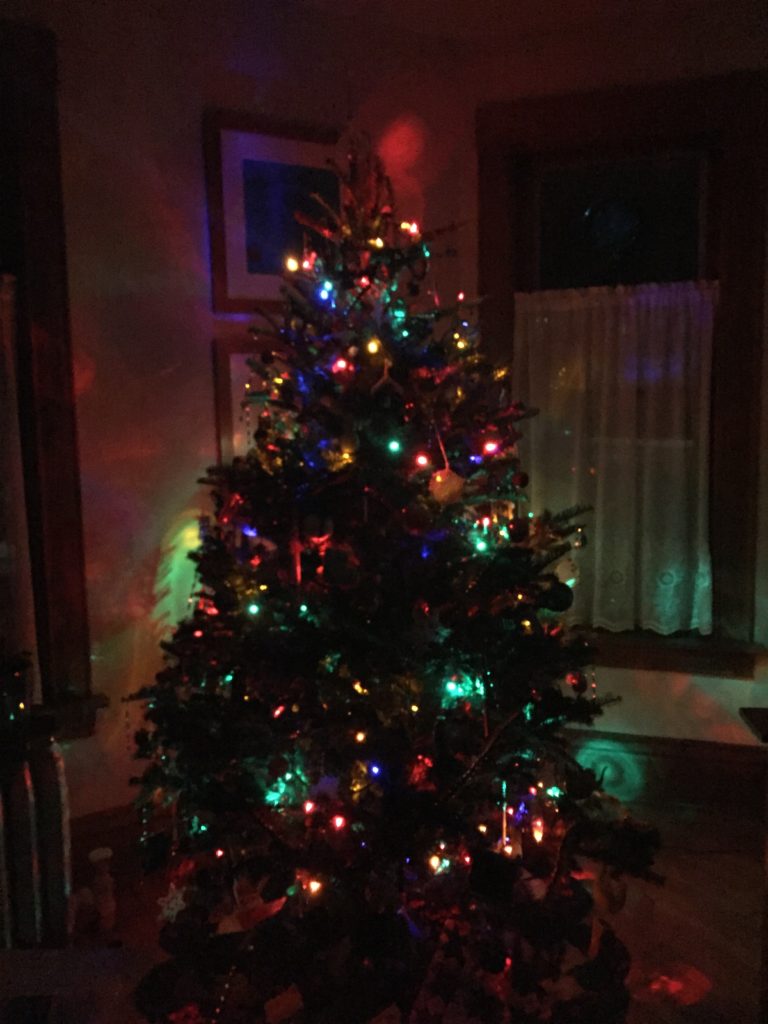
When writing from the imagination, we are all ages at once, and every season is nested, one inside the other. As I composed “Christmas Pantomime” I was listening to the recording of a broadcast made by the BBC on September 7, 2015 in which YoYo Ma played all of Bach’s cello suites by memory in Albert Hall. Not sure if there was any direct influence, but it was an enjoyable experience under the light of the Super Moon in the wee hours of the morning. Who can sleep with a moon so bright? Might as well be sipping tea and noodling around with a an idea for a poem all in the company of a genius cellist interpreting a genius composer’s exalted yet earthy works! Life is good.
Until tomorrow,
LESLIE


